Kumbhalgarh Fort, Rajsamand
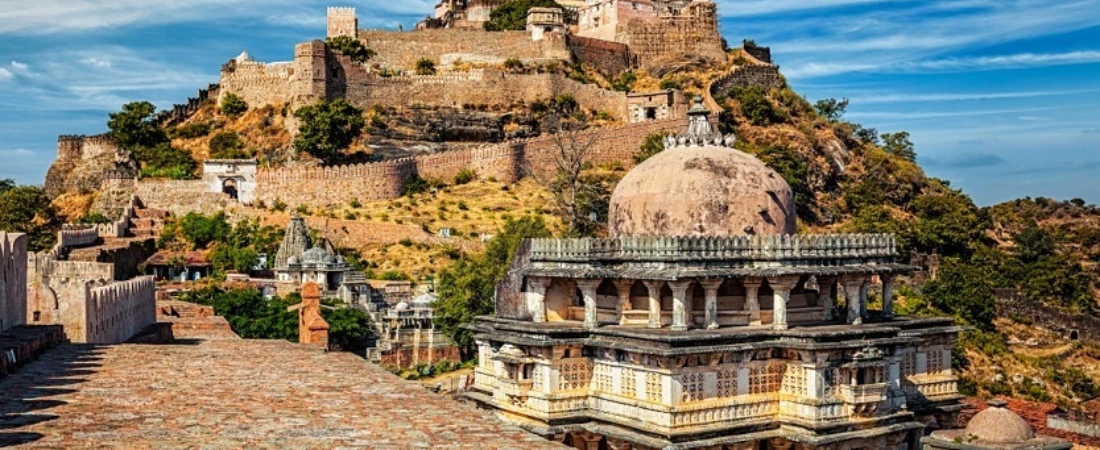
Rajasthan is home to some of India’s most iconic forts, but nestled in the Aravalli Hills lies a masterpiece that often escapes the mainstream spotlight – Kumbhalgarh Fort in Rajsamand. This awe-inspiring fortress, about 85 kilometers northwest of Udaipur, remains one of the most historically significant and architecturally remarkable structures in India. Built during the 15th century, this fort is a symbol of Rajput pride, resistance, and strategic genius. Its location amid the hills provided natural defense, and its massive fortified wall, which stretches over 36 kilometers, stands as the second-longest continuous wall in the world after the Great Wall of China. Not just a military outpost, Kumbhalgarh also serves as a place of spiritual importance with over 360 temples inside its boundary, making it both a fortress and a sacred complex. Despite its rich history and cultural significance, it remains relatively less crowded than other Rajasthani landmarks, offering a peaceful and immersive experience for those who seek history wrapped in silence, nature, and legend. Visiting this majestic site isn’t just a sightseeing tour—it’s an unforgettable journey through the soul of Mewar’s glorious past.
The History of Kumbhalgarh Fort
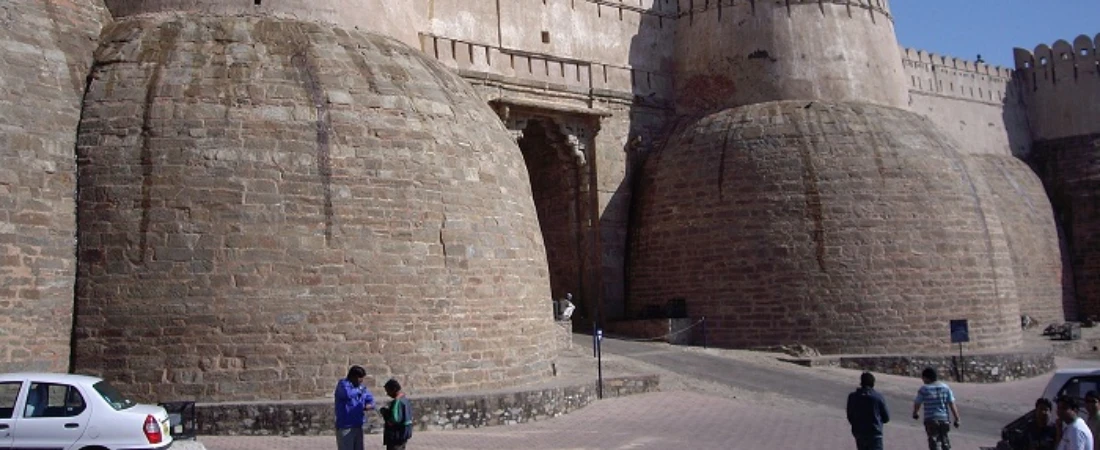
The story of Kumbhalgarh Fort begins with one of Mewar’s most celebrated rulers, Maharana Kumbha, who commissioned its construction in the 15th century. Built between 1443 and 1458 AD, the fort was designed to serve as a secondary stronghold for the Mewar kingdom, especially during times when the main capital, Chittorgarh, was under threat. Its location, tucked deep within the Aravalli ranges, made it nearly impossible for enemies to access, and it soon became the safest retreat for the royal family. Perhaps the most legendary aspect of Kumbhalgarh’s history is that it was the birthplace of Maharana Pratap, one of India’s most revered warrior kings. Known for his defiance against the Mughal emperor Akbar and his unyielding love for his motherland, Maharana Pratap’s connection to this fort elevates its historical status immensely.
Throughout its history, the fort served as a sanctuary not only for Mewar’s rulers but also for the cultural and political survival of the region. During invasions, including multiple attacks by the Mughal forces, the fort proved to be a stronghold that was almost impossible to conquer. It was only once, when Mughal forces managed to poison the water supply, that Kumbhalgarh briefly fell into enemy hands. This instance remains the only time the fort was breached in its long and illustrious history. The very structure of the fort, from its walls to its hidden passages and multiple gates, reflects a detailed understanding of warfare and defense tactics. The rulers of Mewar didn’t just build a fort; they built a legacy carved in stone, where every corner holds a tale of courage, sacrifice, and patriotism.
Architectural Brilliance
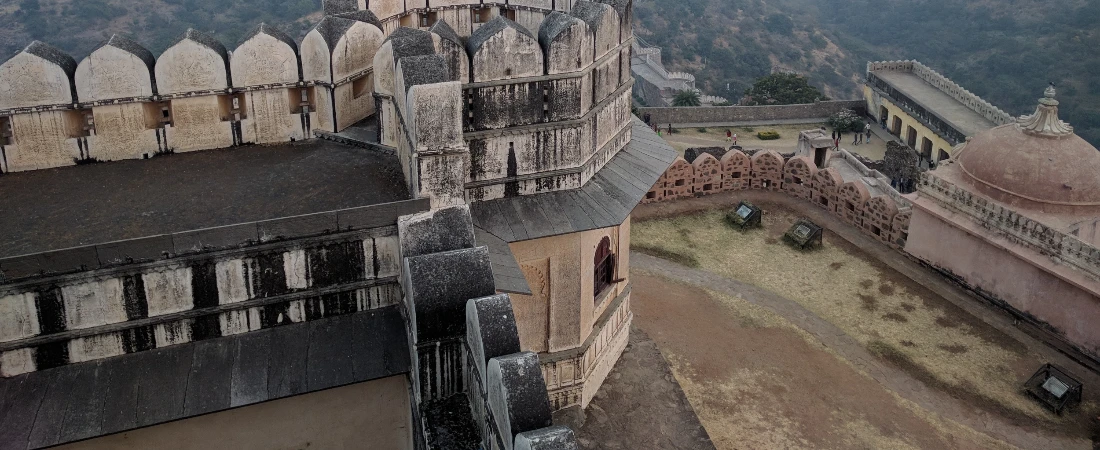
Kumbhalgarh Fort is not only known for its historical significance but also for its exceptional architectural planning and execution. Rising to an altitude of over 1,100 meters above sea level, the fort sprawls across an area of 268 hectares. What immediately captivates any visitor is the enormity of its perimeter wall, which extends for more than 36 kilometers. This colossal boundary, often referred to as the Great Wall of India, was built using large stone blocks and lime mortar. With a width broad enough to allow eight horses to ride side by side, it is among the most formidable defense structures ever built in medieval India.
The fort's design takes full advantage of the surrounding geography. Built on a hilltop, it commands panoramic views of the surrounding forests and hills, making it easy to spot approaching enemies. The approach to the fort involves winding roads and steep ascents, further complicating access for potential attackers. Entry into the fort is through seven majestic gateways, each more formidable than the last. The route to the inner sanctum is complex, filled with blind turns, elevated slopes, and heavy gates that served as defense checkpoints. Inside, the fort reveals a complex world of palaces, temples, step wells, residential buildings, and courtyards. One of the architectural highlights is the Badal Mahal, or Palace of Clouds, located at the highest point of the fort. Its name comes from the fact that it often touches the clouds and provides spectacular views of the surrounding valleys. The palace interiors are adorned with pastel-colored murals and decorative arches, blending luxury with military functionality.
The fort's construction uses traditional Rajasthani techniques, with thick walls and sloping bases designed to absorb the impact of cannon fire. Despite being primarily a defense structure, the fort does not compromise on beauty or aesthetics, showcasing a fine balance between architectural artistry and practical utility.
Temples and Spiritual Life
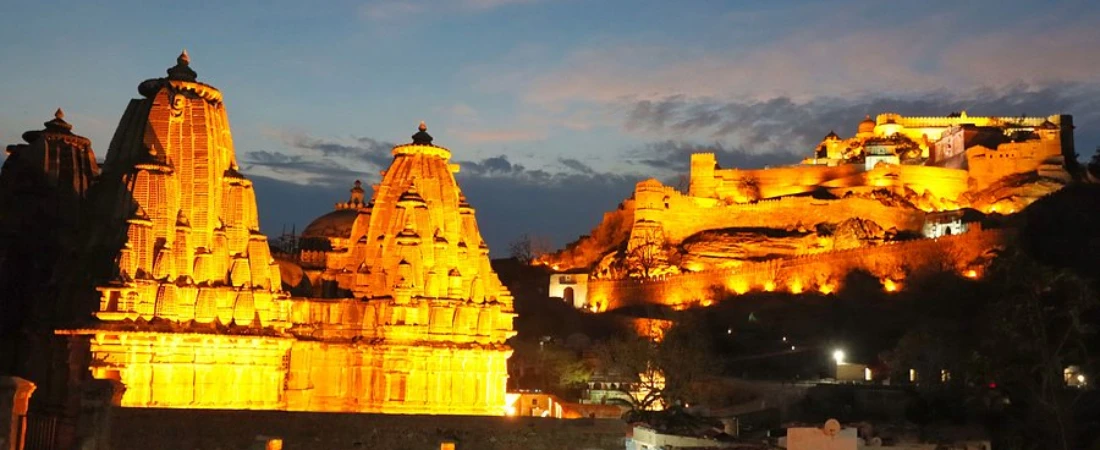
While Kumbhalgarh Fort was undeniably a military stronghold, it also flourished as a center of faith and spirituality. Within its vast premises lie over 360 temples, including both Hindu and Jain shrines. This rich spiritual landscape reveals the inclusivity and religious harmony that defined the Mewar rulers’ approach to governance and culture. Among the most prominent of these sacred sites is the Neelkanth Mahadev Temple, dedicated to Lord Shiva. Built during the reign of Maharana Kumbha, this temple features an imposing shivling carved from black stone, and even today, rituals are performed here with reverence and devotion.
The layout and design of these temples are consistent with traditional Rajasthani architecture—ornately carved pillars, open mandapas, shikhara domes, and intricate stonework are common features. The temples are scattered throughout the fort, making them an integral part of its spiritual landscape rather than isolated places of worship. Jain temples like the Parsvanatha and Vedi shrines stand as examples of devotion and peace in the heart of a fortress meant for war. These temples not only served the religious needs of the royal family and soldiers but also hosted philosophical debates, spiritual gatherings, and teachings.
The presence of such a large number of religious sites within a military fortress speaks volumes about the culture of the time. It was believed that spiritual protection was as essential as physical defense. The seamless coexistence of sword and scripture, of walls and worship, makes Kumbhalgarh Fort a symbol of Rajputana’s well-rounded and deeply rooted heritage. Today, pilgrims and tourists alike find solace in these ancient shrines, where time seems to pause, and the echoes of ancient chants can almost be heard in the wind.
Cultural Experiences
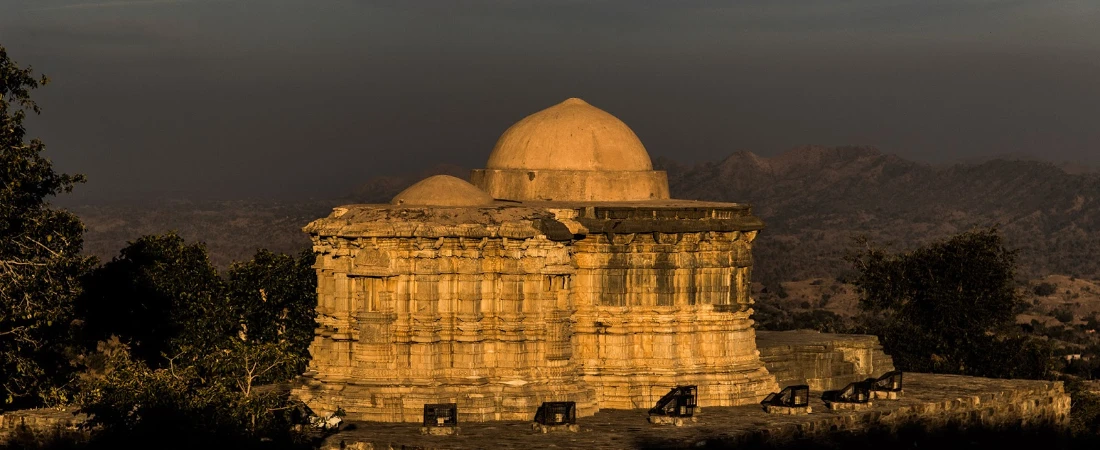
To truly experience the history of Kumbhalgarh Fort, visitors must stay back in the evening for the mesmerizing light and sound show. As the sun sets and darkness envelops the hilltop, the massive walls and towers of the fort are illuminated with golden lights, casting an ethereal glow over the entire complex. The show narrates the history of the fort in both Hindi and English, using powerful storytelling, atmospheric sound effects, and traditional Rajasthani music to breathe life into the centuries-old walls.
The narrative begins with the vision of Maharana Kumbha and takes the audience through the birth of Maharana Pratap, epic battles, sieges, and the enduring legacy of Mewar. As the lights highlight different parts of the fort in sync with the narration, visitors are transported into the past, witnessing the rise and fall of empires in a spellbinding performance. This show not only educates but also emotionally connects the audience with the fort, making the entire experience unforgettable.
Conclusion
Kumbhalgarh Fort in Rajsamand is a magnificent blend of strength, serenity, and spiritual depth. Far removed from the crowds of more commercial destinations, this mountain fortress offers a unique and deeply rewarding experience. It is not just the massive wall or the grand palaces that leave a mark—it is the feeling of standing where warriors were born, where history was made, and where every stone holds a story. The fort is a testimony to the ingenuity and resilience of the Rajputana rulers, to their ability to build something both impenetrable and beautiful. It reflects not only their might but also their culture, their devotion, and their spirit.
Whether you're a history buff, a lover of architecture, a photographer, or someone looking to be inspired by India’s rich past, Kumbhalgarh Fort will leave you with more than just memories. It will leave you with a deep sense of awe, pride, and wonder.


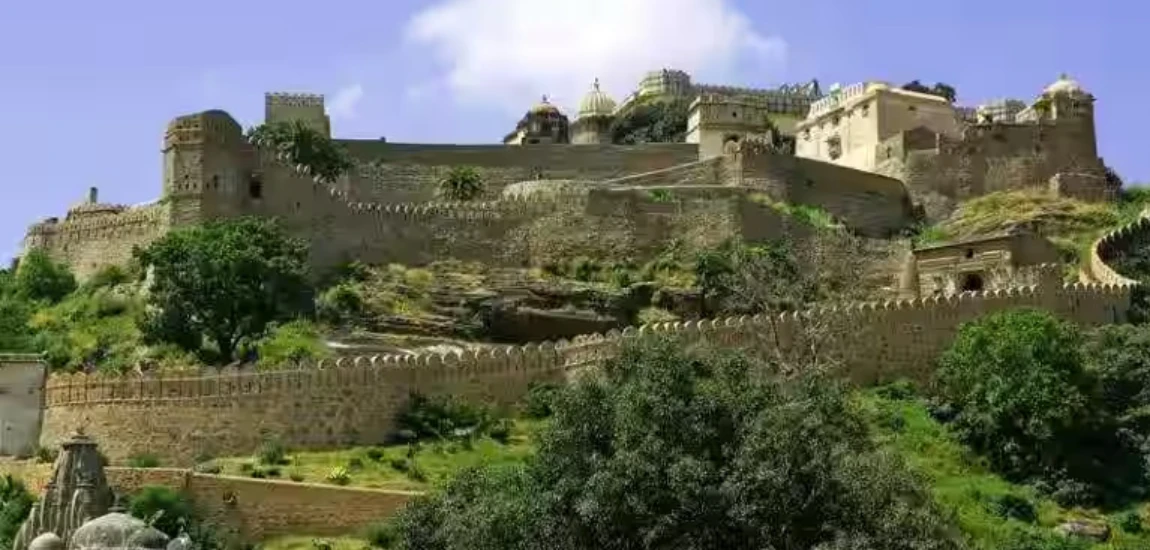
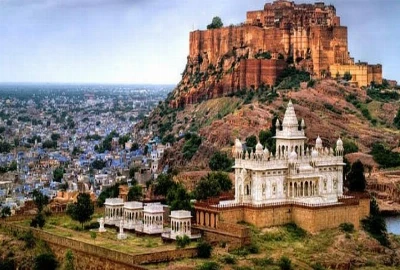
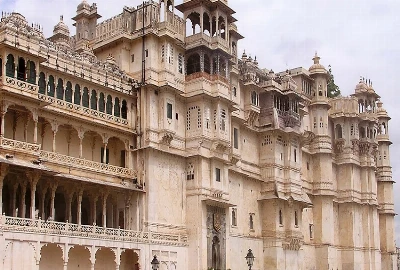


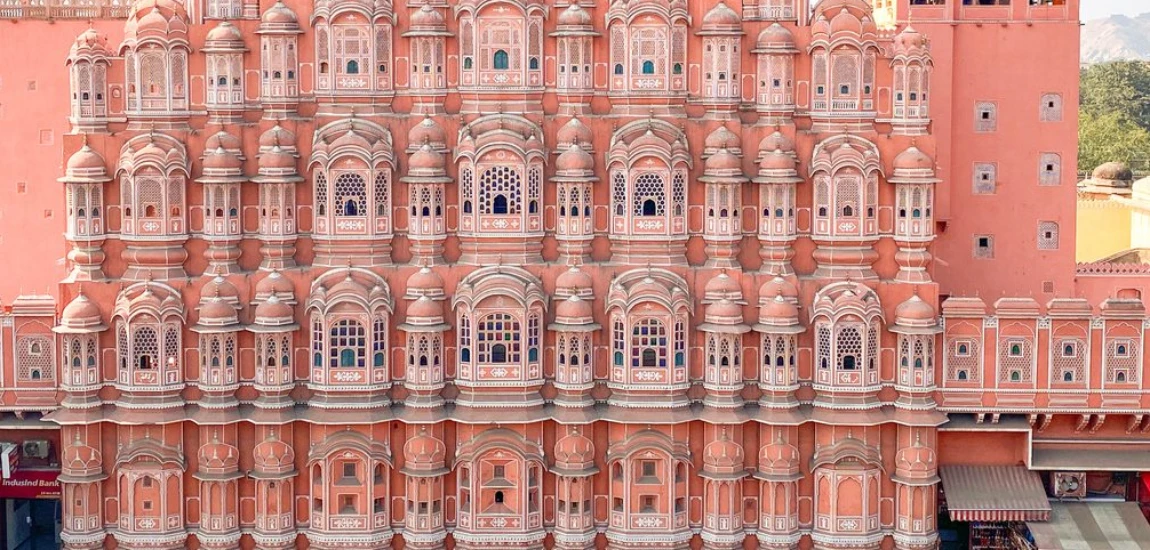
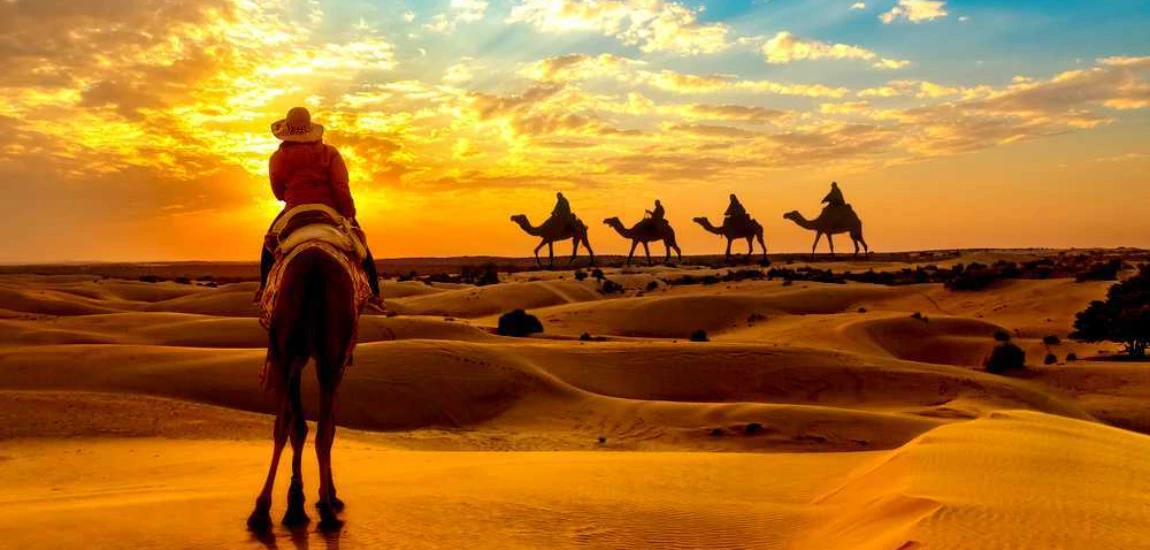
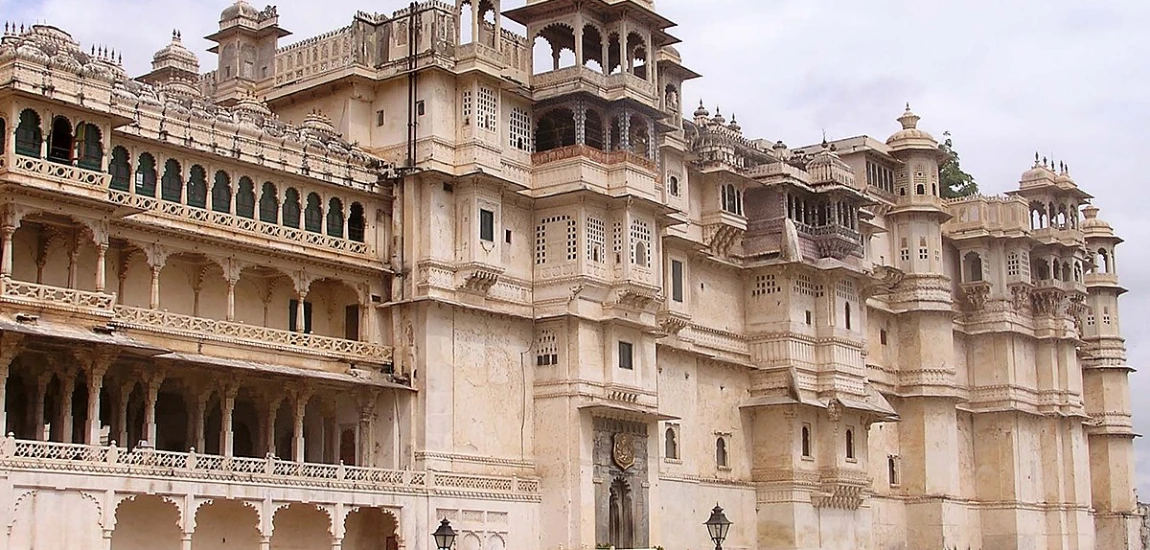
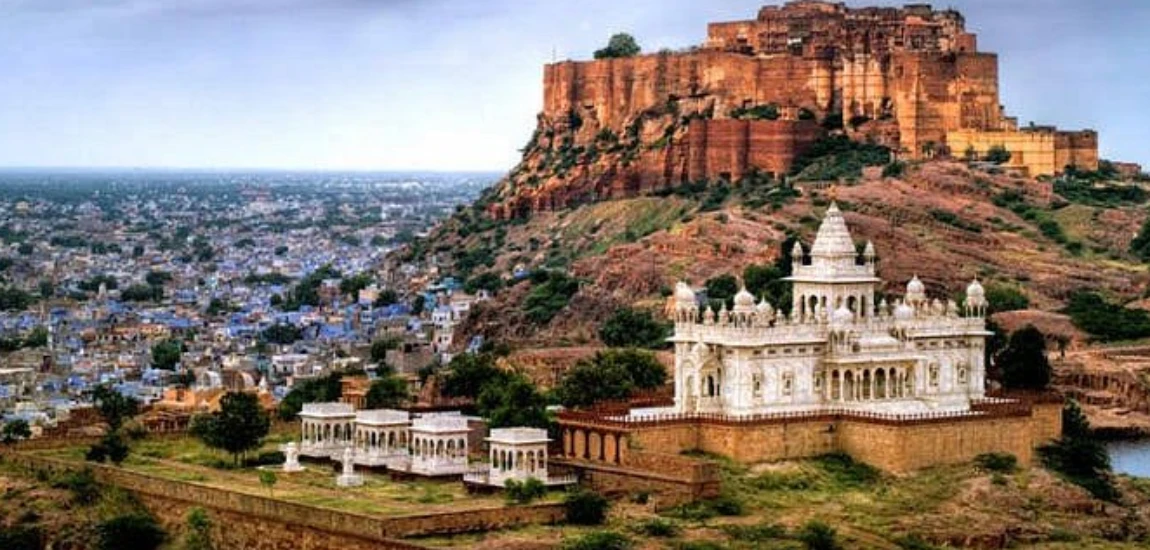
Leave a comment